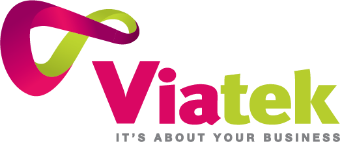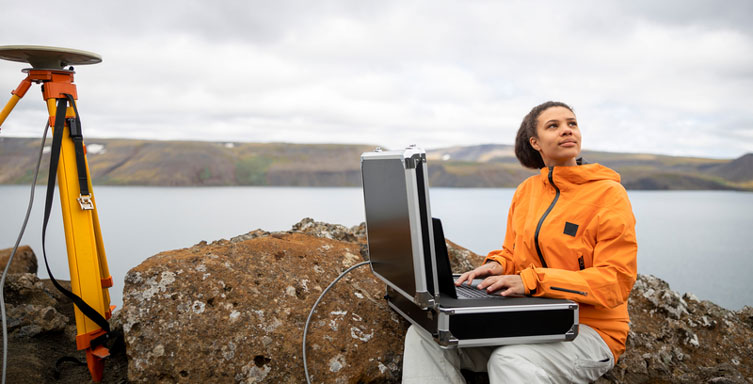Few things in life are guaranteed. But just like death and taxes, change is a familiar constant we can all rely on to be there, year in, and year out. And in the world of technology, things are constantly changing.
Amid the ever-changing landscape, every now and then we experience a major shift in direction that enables organisations to re-think their approach and identify new opportunities and pathways for garnering improved productivity and better levels of efficiency.
Since the turn of the century, we’ve experienced such shifts driven by mobility and cloud. And as we write this at the start of a new decade, the next big shift is gaining momentum: a shift, driven in large part, by data. But not the data that we’ve been generating in recent times, the data we’re talking about is being generated at the Edge – where your users, devices, and everything else all come together.
We’re at the Edge of change.
The Edge is not one thing, place, or location, but instead, a collection of all these things. It could be your office, a warehouse floor, a sports stadium, a hotel’s gym or pool area, and of course, an employee’s home office. The one thing all these environments have in common is the generation of data. The users, devices, and things that encompass these environments are constantly generating data. And organisations that can proactively analyse such data in real-time and turn the insights into new services or experiences for their customers will have the upper hand over their competitors.
But just like every other major shift of the past, with new opportunities come new challenges. Challenges which inevitably fall at the feet of your network infrastructure. The corporate network plays an integral role in siphoning, harnessing, and moving your data from one location to another, connecting your users and customers with the apps and services they need. But, those traditional networks that we’ve all come to know and love simply don’t have the necessary capability to handle the deluge of data that the Edge is presenting. The sheer pace and size of data at the Edge requires a network ecosystem that can handle the demand.
And this is what the Edge means for organisations across the country; tackling new networking challenges in order to capitalise its opportunities. And there are several that need to be considered…
- Management in siloes
Depending on your network makeup, independent management of WAN, wired, and wireless networking domains across multiple locations (branch, campus and datacentre) is a communication nightmare, not to mention it isolates skills while inhibiting productivity. The more tools you are leveraging to manage your network, the stronger likelihood of downtime and poor connectivity.
- Clouded visibility and a lack of insights
Sites or locations at the Edge don’t always have an on-site IT resource to fall back on. And the more sites you have that make up an ecosystem, the more performance issues you’re likely to be dealing with. Without real-time, always-on visibility into your network functionality at the Edge, the harder it is to manage and keep functioning optimally.
- Manual processes equal time
According to Gartner, more than 65% of network operations tasks are manually operated.2 The more day to day network tasks that are undertaken manually, the more human errors and downtime you will have. And as more and more devices come onto the network, the harder it’s going to get to continue operating on a manual-first strategy. Automation is the future.
- Security threats won’t go away
2020 was a transformative year for many things, and perhaps nothing was bigger than the adoption of remote working policies for organisations across the country. As more and more people access sensitive information outside the corporate network, the higher your risk profile is. Not to mention the limited security features currently available on a large portion of IoT enabled devices. Your security needs to be at the Edge.
These are challenges that you will need to address in order to truly capitalise on the opportunities available to you at the Edge. To do so, it’s imperative your network foundation is solid, robust, connected, and secure.
Introducing Aruba ESP (Edge Services Platform)
The industry’s first AI-powered, cloud-native platform to automate, unify, and protect at the Edge. Through leveraging a unified architecture designed for the now, you can gain new efficiencies and unlock the true potential of your Edge data. Key features of Aruba ESP include the ability to:
- Connect everything through a unified infrastructure
- Protect everything with Zero Trust Security
- Analyse and act in real-time with AI-Ops
Aruba ESP can be the spark plug to you capitalising on the Edge. To learn more about this new and industry-redefining solution and how to leverage it to convert your data into tangible business outcomes, get in touch with the Viatek team today.







